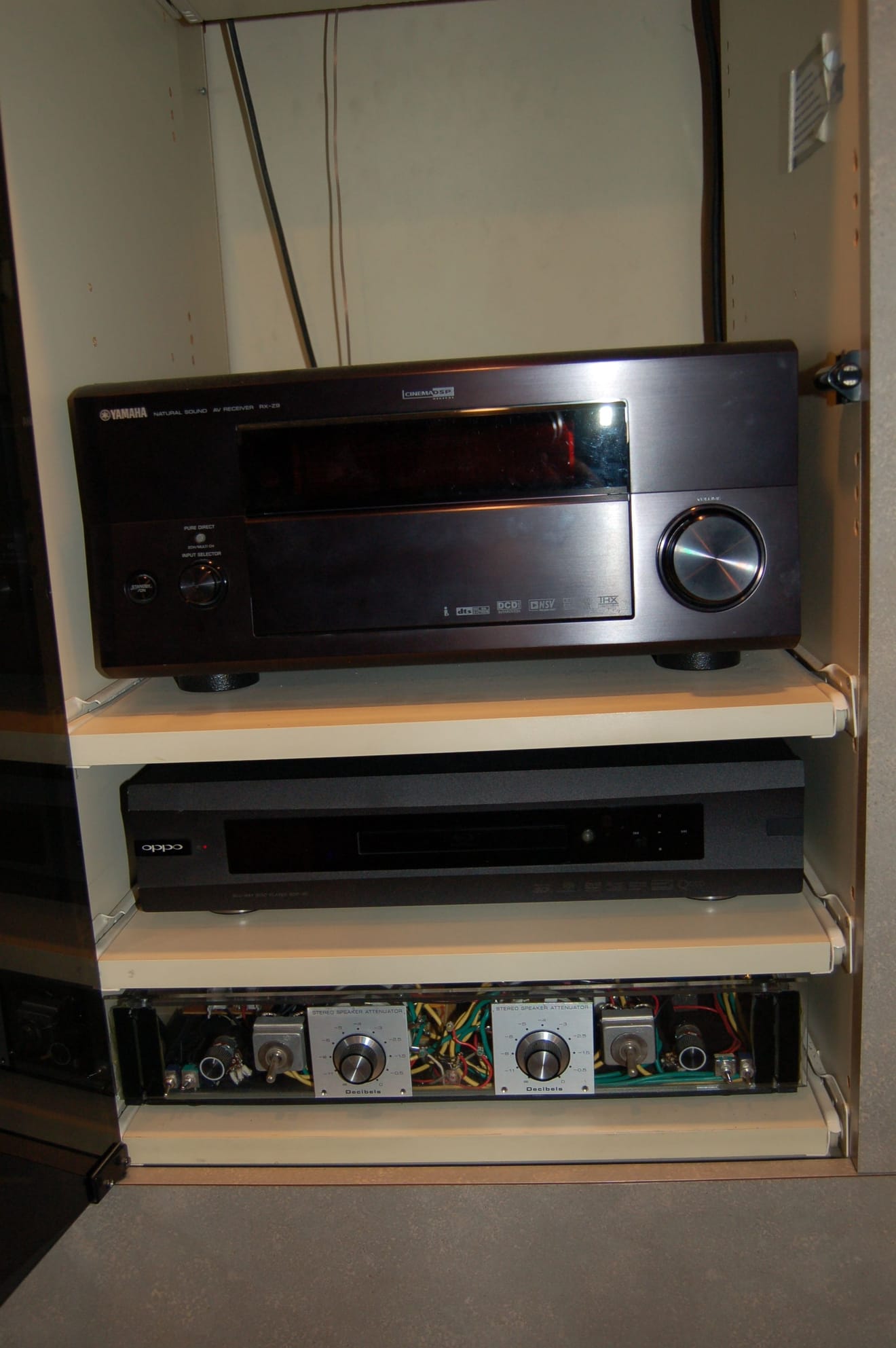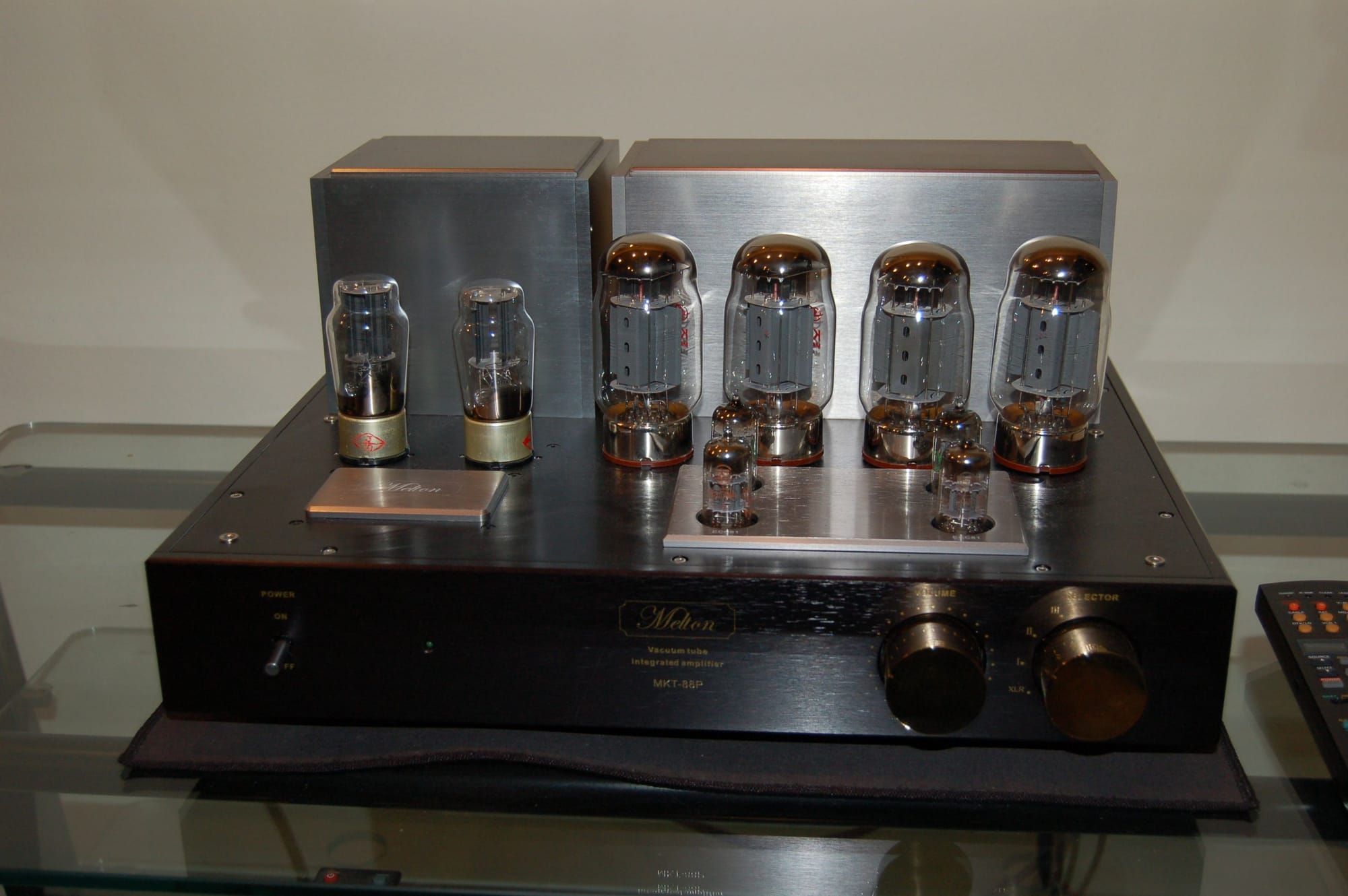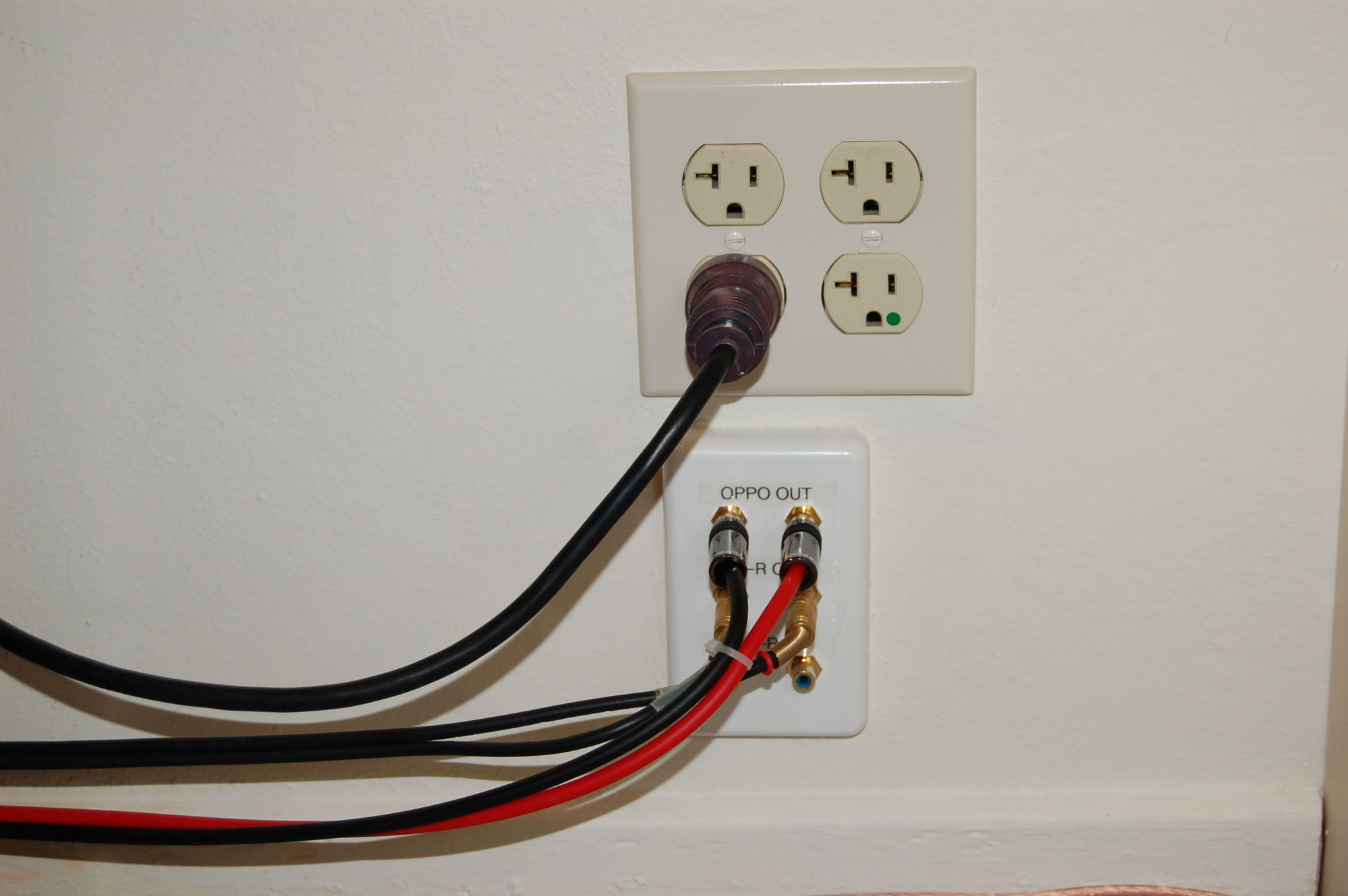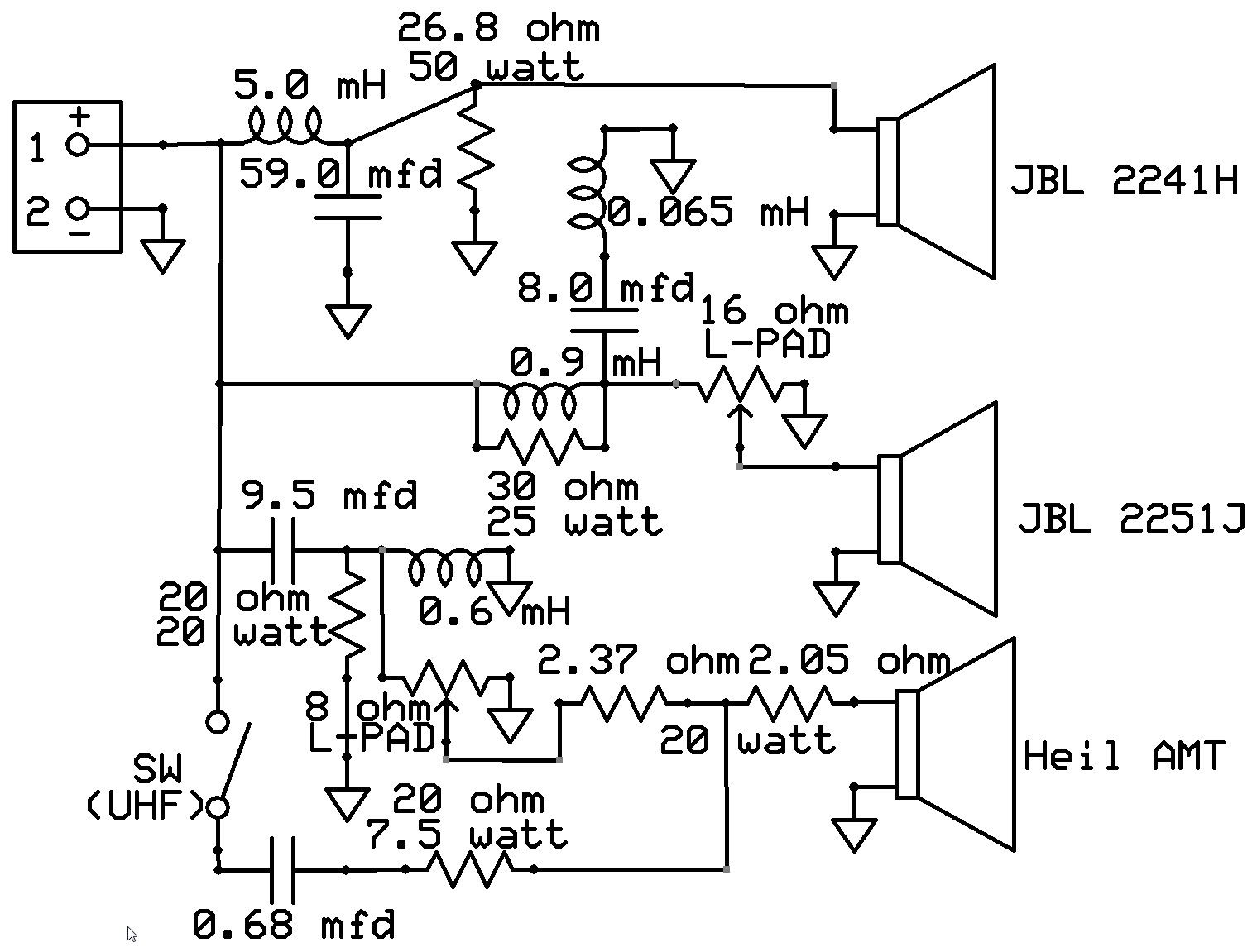As the title asks.
This is Stevie Ray Vaughn's Tin Pan Alley played through both a Yamaha RX-Z9 Receiver and Melton KT-88 Tube Integrated. The Yamaha has a rated power of 170 WPC into 6 ohms (540 WPC dynamic power into 2 ohms) and the Melton is rated at 80 WPC. The speakers are ~6 ohm. The Yamaha is in CD Direct Mode and there is no sub, digital processing, eq, or room correction, either physical or electronic used on either piece. Each unit was played for just over an hour before its recording was made.
The room is ~26.5' x 16.5' x 7.5'-16' (sloped ceiling) and is open at one corner to an entry hall and dining room. All pieces are served by a dedicated circuit with 8 gauge Romex and a 20 amp breaker.


The source is an SACD played on an Oppo95. The Oppo connects to the Yamaha with a 4' lengths of Canare cable from it's dedicated stereo RCA jacks (18 gauge). The Oppo connects to the wall jacks with 12' lengths of Monoprice XLR->RCA (16 gauge), through the wall jacks, through 2' of Canare cable, through the wall jacks to the Melton with a 4' length of Canare cable.

The speakers are the "Mermans" (named for Ethyl). These are my own creation and use a JBL 2241h 18" woofer, a JBL 2251J 10" woofer and a Heil AMT. The speakers are fed through 14 gauge OFC from the Yamaha and 12 gauge OFC for the Melton.

The videos were done using a Nikon D750 SLR placed on a Gorilla stand on the couch where I would sit. I've tried to equalize the volume on both cuts using the sound level meter (bar graph) built into the camera, and both should be to within about 1 dB of each other.
So, which is on tubes and which is solid state???
This is Stevie Ray Vaughn's Tin Pan Alley played through both a Yamaha RX-Z9 Receiver and Melton KT-88 Tube Integrated. The Yamaha has a rated power of 170 WPC into 6 ohms (540 WPC dynamic power into 2 ohms) and the Melton is rated at 80 WPC. The speakers are ~6 ohm. The Yamaha is in CD Direct Mode and there is no sub, digital processing, eq, or room correction, either physical or electronic used on either piece. Each unit was played for just over an hour before its recording was made.
The room is ~26.5' x 16.5' x 7.5'-16' (sloped ceiling) and is open at one corner to an entry hall and dining room. All pieces are served by a dedicated circuit with 8 gauge Romex and a 20 amp breaker.


The source is an SACD played on an Oppo95. The Oppo connects to the Yamaha with a 4' lengths of Canare cable from it's dedicated stereo RCA jacks (18 gauge). The Oppo connects to the wall jacks with 12' lengths of Monoprice XLR->RCA (16 gauge), through the wall jacks, through 2' of Canare cable, through the wall jacks to the Melton with a 4' length of Canare cable.

The speakers are the "Mermans" (named for Ethyl). These are my own creation and use a JBL 2241h 18" woofer, a JBL 2251J 10" woofer and a Heil AMT. The speakers are fed through 14 gauge OFC from the Yamaha and 12 gauge OFC for the Melton.

The videos were done using a Nikon D750 SLR placed on a Gorilla stand on the couch where I would sit. I've tried to equalize the volume on both cuts using the sound level meter (bar graph) built into the camera, and both should be to within about 1 dB of each other.
So, which is on tubes and which is solid state???
Last edited:

